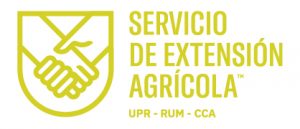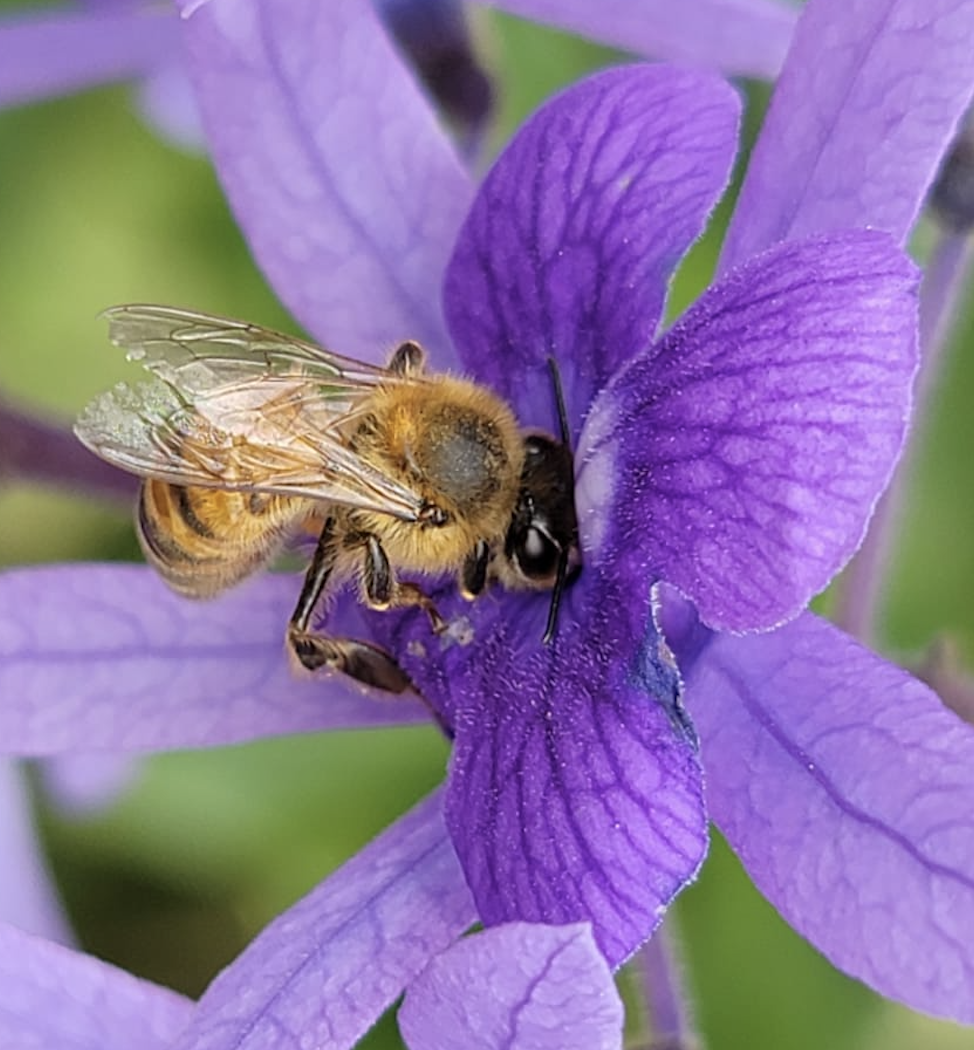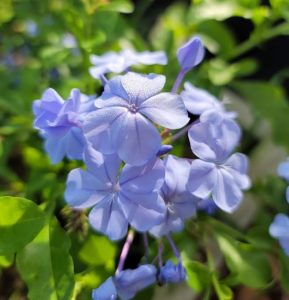Objectives
To gather information on all common ornamental plants in production in Puerto Rico and the U.S. Virgin Islands that benefit pollinators and wildlife.
To prepare educational materials about IPM and BMP to educate growers, homeowners, youth, and the community on identifying common ornamental plants, common pests and diseases, beneficial organisms, and the use of preventative practices and biorational pesticides to have healthy plants.





